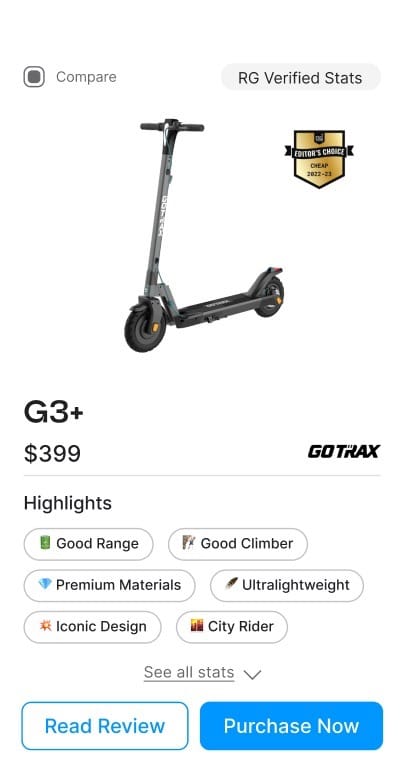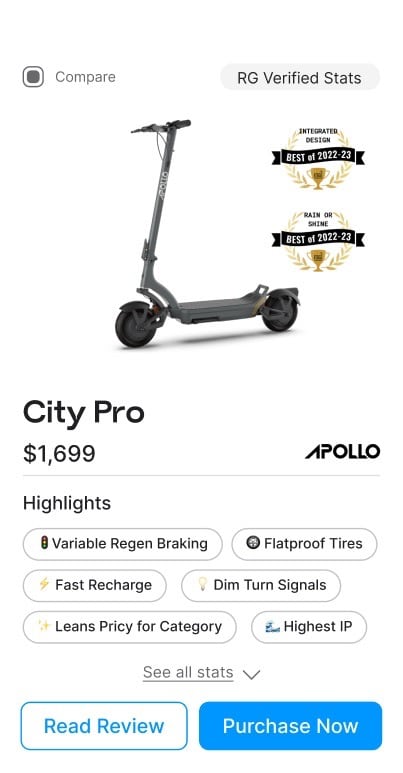The Comprehensive Guide to E-Bike Classes

Introduction
As the electric bike industry expands, it has grown increasingly important for consumers to get familiar with the various types and classifications of electric bikes available.
The current e bike classification system first took shape in Europe and has been adopted around the world to distinguish between different types of electric bikes as well as electric mopeds and motorcycles.
U.S. state laws refer to these e-bike classes in legislation, and riders need to know which bikes have been restricted to certain types of roads, or in some cases banned from certain roads, lanes, sidewalks, etc.
In this guide, we’ll break down the 4 classes of electric bike, or e-bike, so you can determine the bike that best suits your needs and avoid buying an electric bike that’s illegal where you live!
Read on to learn more about e bike classes and what they mean.

Overview of E-Bike Classes
Electric bikes, or e-bikes, are classified into four categories to help riders make the right choice for their type of riding, and each category has its own advantages and limitations.
Electric off-road bikes and motorcycles, on the other hand, offer the most acceleration and speed but typically require a motorcycle license and registration and use no pedal power at all.
These categories seem to be getting blurrier as e-bikes look more like dirt bikes and small motorcycles, but you can always tell the difference since electric bikes have pedals and electric dirt bikes and motorcycles do not.
Since 2015, state legislatures have worked to define electric bikes as vehicles distinct from motorcycles or mopeds. This has resulted in 26 U.S. states so far adopting a three-tiered classification system (Class 4 bikes are in a different category), with more U.S. states likely to follow.
Let’s break down the three main classes of e-bike, and a fourth class that’s more like a moped and often requires licensing and registration for on-road use.
Are E-Bikes Allowed on Bike Lanes and Paths?
In most cities and states, Class 1, 2, and 3 electric bikes are allowed in bike lanes and on most bike paths and trails (although specially designated mountain-biking trails may be exceptions).

Class 4 e bikes, on the other hand, are classed along with electric mopeds and dirt bikes. Even though they have pedals, they are not typically allowed in bike lanes or other roads and paths designated for bikes, pedestrians, and other slower moving vehicles.
In many cities and states, Class 4 e-bikes may be street legal and eligible for licensing and registration. At this time, laws vary widely between localities.
Class 1 Electric Bikes
Class 1 electric bikes, otherwise known as pedal-assist bikes, are a great choice for those new to electric bikes or those just looking to add a little extra help when it comes to going up hills and keeping up with friends.
With a Class 1 e-bike, the motor will only engage and provide help while the rider is pedaling. The amount of help you get depends on the gear you select, with higher gears providing a greater boost and help you cover greater distances with less effort.
Great for commuting and leisure rides alike, a Class 1 e-bike is the perfect choice for those looking to get out and explore.

Pedal-Assist
Pedal-assist works by using a hub-mounted motor to give the rider an extra push when they reach a certain threshold of effort, allowing them to reach higher speeds while pedaling more efficiently.
This feature is great for those who want to enjoy the benefits of cycling, but want a little extra help to climb hills.
The pedal assist feature can be turned off, allowing the rider to revert back to their normal biking experience without any hassle. Many electric bikes have different levels of pedal assist that provide more or less motor power.
Motor Power
Electric bikes are powered by motors with a range of power ratings, ranging from 250 Watts to over 2,000 Watts. All e-bikes in the U.S. however, including Class 1 E-bikes, are limited to a motor power of 750 Watts, and in Canada, they are limited to 500 Watts.
Class 1 electric bikes typically have motors rated from 250W to 500W.
Class 2 Electric Bikes
Class 2 electric bikes, also known as pedelecs, are bicycles with an electric motor that consistently boosts the rider’s pedaling power when riding. They are different from other electric bikes in that they have a motor that assists the rider with pedaling, up to a maximum speed of 20 mph.
Pedelecs are the most popular type of electric bikes on the market, perfect for anyone wanting to get an extra boost from an electric motor while still being able to pedal. With higher torque, pedelecs are especially useful on hills and require less energy to accelerate than traditional push bikes.
Class 2 electric bikes typically have a throttle (twist, trigger, or thumb) that adds extra motor power in addition to pedaling. Some e bikes, such as the Lectric XP 3.0 (see our review here), can be unlocked from Class 2 to Class 3.

Throttle Feature
An electric bike throttle enables speed and flexibility. It is designed to give the rider a power boost for pedaling up hills and over long distances and makes the electric bike experience generally smoother and more enjoyable.
With a twist of the wrist, the electric bike throttle can provide a powerful boost of energy, allowing riders to enjoy a comfortable, efficient ride without constantly pedaling. Throttle power makes e-bikes incredibly convenient for those commutes and rides around town when you don’t want to work hard on the bike.
Motor Power
While still limited to 750W in the U.S. (and 500W in Canada), the electric motors in Class 2 e-bikes will often have more power than Class 1 bikes, with higher maximum power output and greater torque.
Class 3 Electric Bikes
Class 3 electric bikes are becoming increasingly popular due to their versatile nature. These electric bikes are powered by a motor that is controlled by a throttle, and the maximum assist speed is 28 miles per hour.
This type of e-bike is equivalent to a light moped and excels in situations like long-distance commuting, bike-packing, or multitasking around town.
Class 3 e-bikes give you the freedom to ride as hard and as far as you want, while maintaining a constant speed, allowing you to experience the beauty of nature without breaking a sweat. They’re extremely convenient and can be used on most legal bicycle lanes and paths.

Speed Capabilities
Class 3 electric bikes offer ample speed capabilities for many riders. Generally, these bikes allow riders to travel at a maximum speed of 28 mph, which is more than enough for leisurely rides and short commutes.
This speed can also accommodate riders traveling on more moderate terrain, such as slight inclines and rolling hills.
For riders who are more experienced and daring, some Class 3 electric bikes have the ability to be set to certain speed settings above the 28 mph maximum for a more exhilarating and energy efficient ride.
Motor Power Output
Class 3 electric bikes are the most powerful E-bikes allowed in bike lanes. They can climb hills easily, reach higher top speeds, and carry heavier cargo loads. These bikes are ideal for long commutes and cargo deliveries.
Class 4 Electric Bikes
Class 4 electric bikes are generally classed as off-road electric bikes, and although they are usually disallowed on mountain bike trails, they fall under the same restrictions as electric dirt bikes.
Indeed, the only difference between many electric dirt bikes, mopeds, and motorcycles and a Class 4 electric bike is that the latter has pedals and some kind of pedal assist function. Otherwise, these bikes are subject to the same laws as mopeds.
Class 4 electric bicycles must have headlights, tail lights and brake lights, and turn signals. They should also have rear view mirrors, and a horn, speedometer, and license plate holder. In most states, Class 4 E-bikes must be registered with the DMV and the rider must have a motorcycle license to ride on the road.
In some places around the world, riders are allowed to take their motorcycle license exam on an e bike rather than a traditional gas-powered motorcycle with a clutch and transmission. Cities and states in the U.S. may begin adopting this practice as well.

Speed Capabilities
Just like the electric mopeds to which they are compared, Class e-bikes can have speeds of up to 40+ mph.
Motor Power
Class 4 electric bikes can have much more powerful motors since they are not limited to 750 Watts. The Juiced Hyperscorpion, for example, while only rated for a top speed of 28 mph, has a motor with 1,000 Watts of continuous power.
Conclusion
Understanding the different classes of e-bike can help you make a decision about which bike is best for you based on your needs and riding style. You should also research the laws in your specific city and state to find out what classes of electric bike are allowed where.
E-bike laws are changing rapidly and can vary widely in different places, so be advised before you take your e-bike on vacation that you’ll also need to check the legal requrements of your destination.
All that said, the overall trend has been to relax restrictions as much as possible to make electric bikes a safe, fun, and legal way to travel. Learn more about e-bike classes and state law here.








